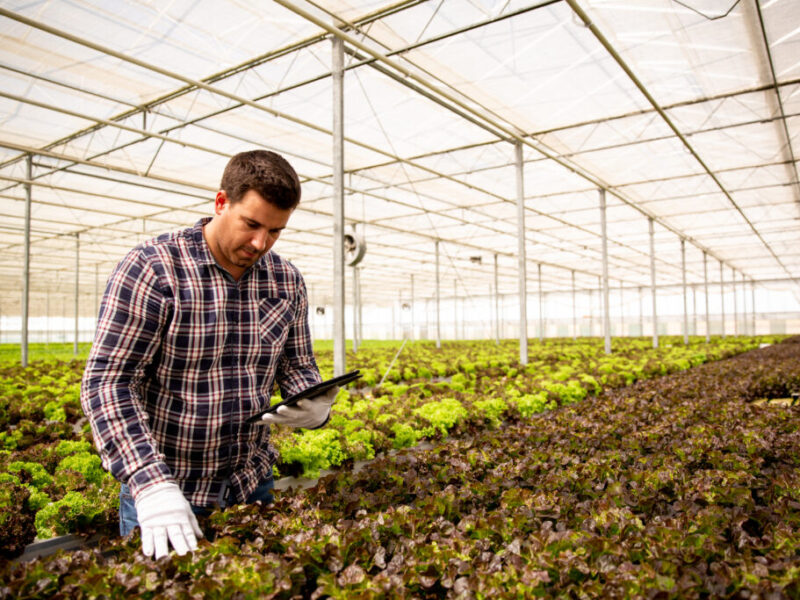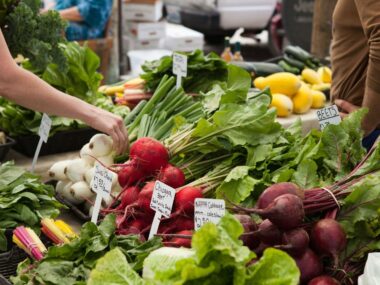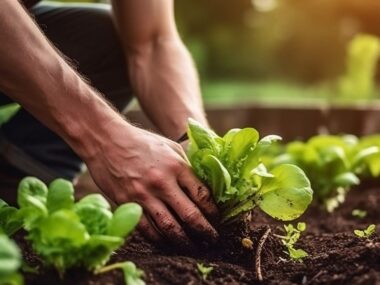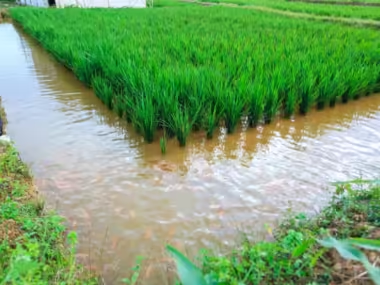Introduction
Precision agriculture tools are transforming the agricultural landscape by leveraging technology to enhance the efficiency, productivity, and sustainability of farming practices. These tools include a wide range of technologies such as GPS, remote sensing, IoT devices, and data analytics platforms. This note examines the specific roles of various precision agriculture tools, their benefits, challenges, and future potential in modern farming.

Key Precision Agriculture Tools
- Global Positioning System (GPS) Technology
- Role: GPS technology is fundamental to precision agriculture. It allows for the accurate mapping and navigation of farm machinery, ensuring precise application of inputs like seeds, fertilizers, and pesticides.
- Benefits: Reduces input waste, ensures even distribution, and improves overall field management by enabling precise tracking of field operations.
- Challenges: Requires a reliable satellite signal and can be less effective in areas with poor connectivity.
- Remote Sensing
- Role: Remote sensing involves the use of satellites, drones, and aircraft to collect data about crops and soil. It provides detailed imagery and data on crop health, soil moisture, and field variability.
- Benefits: Enables early detection of issues such as pest infestations, nutrient deficiencies, and water stress, allowing for timely interventions.
- Challenges: High cost of drones and satellites, need for data processing expertise, and potential privacy concerns.
- Variable Rate Technology (VRT)
- Role: VRT allows the application rate of agricultural inputs to be varied across a field based on specific needs. It uses data from sensors and maps to apply inputs precisely where and when they are needed.
- Benefits: Optimizes the use of fertilizers, pesticides, and water, leading to cost savings and reduced environmental impact.
- Challenges: Requires detailed field data and sophisticated machinery, which can be expensive and complex to manage.
- Yield Monitoring Systems
- Role: Yield monitors installed on harvesting equipment collect data on crop yield and moisture content in real-time as the crops are harvested.
- Benefits: Provides detailed yield maps that help identify high and low-yielding areas, guiding future planting and input decisions.
- Challenges: Initial setup costs and the need for compatibility with existing equipment.
- Soil Sensors
- Role: Soil sensors measure soil properties such as moisture, temperature, pH, and nutrient levels. They provide real-time data to help farmers make informed irrigation and fertilization decisions.
- Benefits: Improves water use efficiency, enhances soil health management, and prevents over or under-fertilization.
- Challenges: High cost of sensors, maintenance requirements, and potential data overload without proper management systems.
- IoT and Smart Devices
- Role: IoT devices include a network of sensors, cameras, and other smart devices that collect and transmit data about various farming parameters. They enable remote monitoring and management of farm operations.
- Benefits: Enhances efficiency by automating routine tasks, reduces labor costs, and provides real-time insights into farm conditions.
- Challenges: Requires reliable internet connectivity and data security measures to protect sensitive information.
- Data Analytics Platforms
- Role: These platforms integrate data from various precision agriculture tools, analyze it, and provide actionable insights. They help farmers make data-driven decisions about planting, fertilization, irrigation, and harvesting.
- Benefits: Enhances decision-making, optimizes resource use, and increases overall farm productivity.
- Challenges: Requires expertise in data interpretation and management, and there can be a steep learning curve for farmers unfamiliar with data analytics.
Benefits of Precision Agriculture Tools
- Increased Efficiency
- Precision agriculture tools enhance operational efficiency by automating and optimizing various farming processes. This leads to better resource management and reduced input costs.
- Enhanced Productivity
- By providing precise data and enabling targeted interventions, these tools help maximize crop yields and quality. Farmers can address specific issues promptly and accurately.
- Sustainability
- Precision agriculture promotes sustainable farming practices by minimizing the use of water, fertilizers, and pesticides. This reduces the environmental impact and conserves natural resources.
- Cost Savings
- Optimized input use and efficient farming practices result in significant cost savings. Farmers can achieve higher returns on investment through improved yield and reduced waste.
- Improved Decision-Making
- Access to accurate and real-time data empowers farmers to make informed decisions. This reduces uncertainty and enhances strategic planning for crop management.
Challenges and Limitations
- High Initial Costs
- The upfront investment required for precision agriculture tools can be a barrier, especially for small-scale farmers. This includes the cost of equipment, software, and training.
- Technical Complexity
- The use of advanced technologies requires a certain level of technical knowledge and expertise. Farmers need proper training and support to effectively use these tools.
- Data Management
- The vast amount of data generated by precision agriculture tools needs to be properly managed and analyzed. This requires robust data management systems and expertise in data analytics.
- Connectivity Issues
- Reliable internet and communication networks are essential for the operation of many precision agriculture tools. Connectivity issues in rural areas can limit the effectiveness of these technologies.
- Scalability
- Implementing precision agriculture on a large scale can be challenging. Different crops, field sizes, and farming practices require customized solutions that can be complex to manage.
Future Potential of Precision Agriculture Tools
- Advancements in AI and Machine Learning
- The integration of artificial intelligence (AI) and machine learning can further enhance the capabilities of precision agriculture tools. Predictive analytics and machine learning algorithms can provide deeper insights into crop health, weather patterns, and optimal farming practices.
- Automation and Robotics
- The use of autonomous machinery and robots can revolutionize precision agriculture by performing tasks such as planting, weeding, and harvesting with high precision and efficiency.
- Climate Adaptation
- Precision agriculture tools can play a crucial role in helping farmers adapt to climate change. By optimizing water use and improving soil health, these tools can build more resilient agricultural systems.
- Global Adoption
- As technology becomes more affordable and accessible, precision agriculture has the potential to be adopted on a global scale, transforming farming practices worldwide.
- Sustainable Practices
- Future advancements in precision agriculture tools can further promote sustainable farming practices, ensuring that food production can meet the growing global demand while minimizing environmental impact.
Conclusion
Precision agriculture tools are at the forefront of modern farming, offering significant benefits in terms of efficiency, productivity, and sustainability. While there are challenges to their adoption, including high costs and technical complexity, the potential of these tools to revolutionize agriculture is immense. By leveraging the latest technologies and continuing to innovate, precision agriculture can help meet the growing global demand for food while preserving the planet’s resources for future generations.










